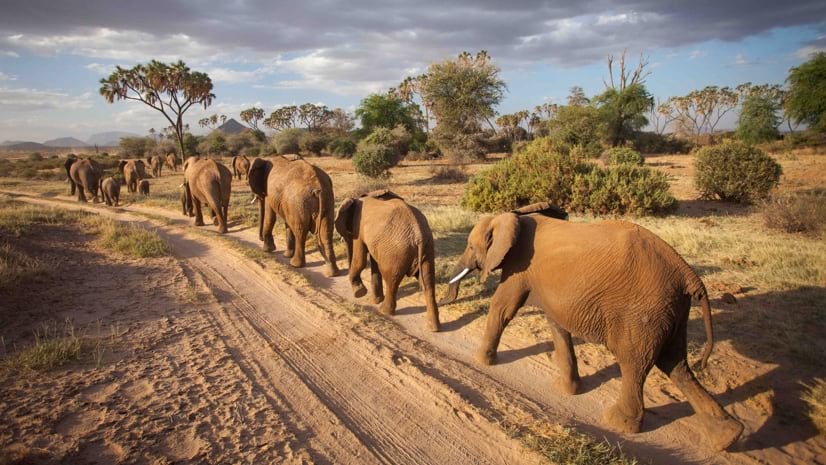Safeguarding Africa’s Protected Areas and Wildlife Using a Holistic Strategy
Since its creation 10 years ago, Space for Giants has grown rapidly, from an academic research project looking into the coexistence of people and elephants to successfully developing a conservation toolkit that is now being delivered across 11 African countries. Space for Giants supports national governments and local residents to manage human-wildlife conflict, promotes wildlife justice and the rule of law, and attracts investments to protect the natural ecosystems on which the continent’s elephants depend.
Securing space for Africa’s giants, as the charity’s name suggests, has been a monumental conservation challenge in today’s changing world—yet there is plenty of reason to be hopeful. Space for Giants’ success rests on its ability to make conservation a valuable industry for the communities surrounding the areas it protects, by improving livelihoods, reinvigorating landscapes, and promoting human-wildlife coexistence. Much of this work is guided by geographic information system (GIS) technology; Space for Giants uses GIS to gather and interpret the data that guides the organization’s interventions.
Space for Giants began in Laikipia County, Northern Kenya, where Dr. Max Graham initially sought to understand how elephants used space in increasingly human-dominated landscapes. “This work involved GIS from day one, to map thousands upon thousands of hourly fixes of elephant positions and human-elephant conflict incident data to understand patterns,” said Maurice Schutgens, managing director of conservation at Space for Giants. “GIS has been key. Without a spatial visualization and understanding of elephant behavior, Space for Giants would never have been able to learn the valuable lessons that now guide our management interventions across 11 African countries.”
More Information
Visit Esri Blog to read more.
Source: David Gadsden 2022, Esri, accessed 22 September 2022, <Esri Blog>

